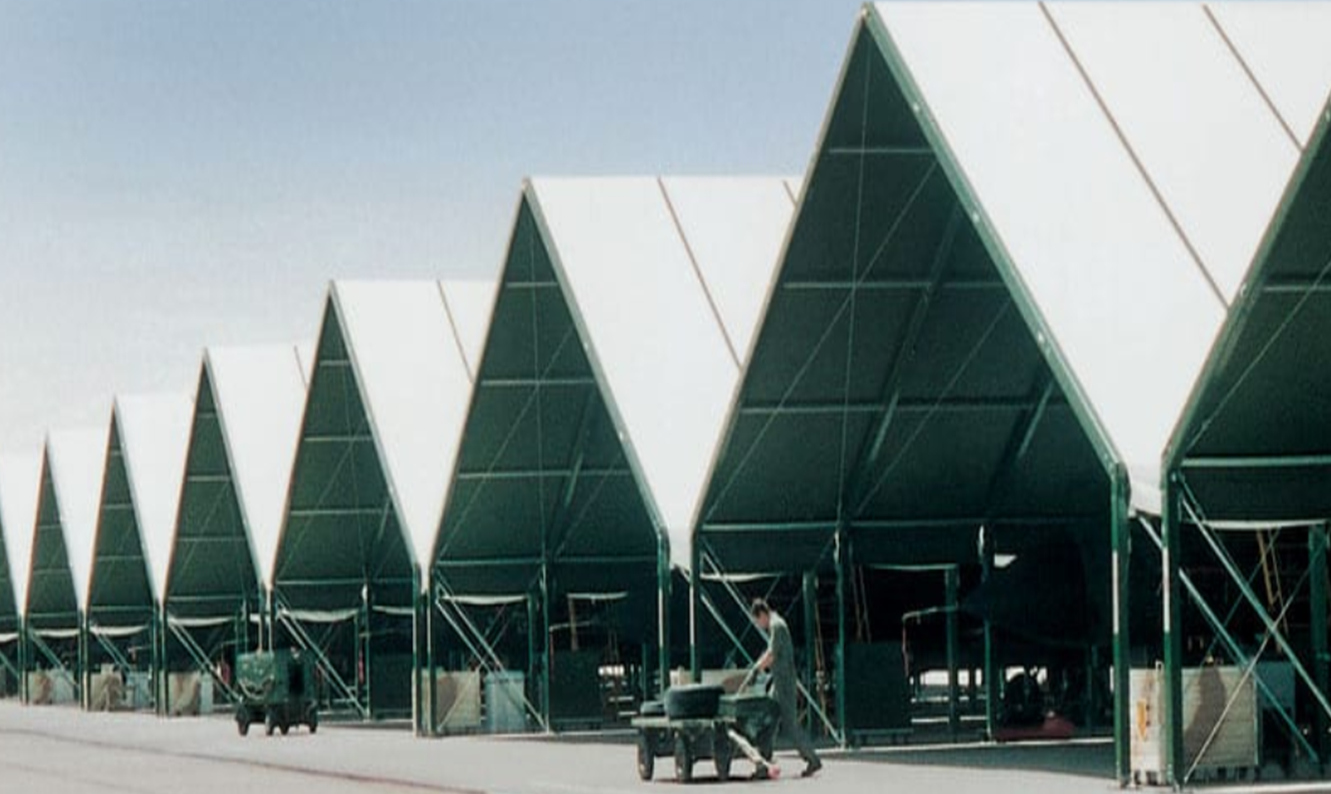Aircraft maintenance hangars stand as the sanctuaries where the meticulous care and upkeep of airplanes take place. They are more than just shelters for these flying machines; they are sophisticated facilities equipped with a plethora of features essential for ensuring aircraft safety, functionality, and longevity. Let’s delve into the most important features that make aircraft maintenance hangars indispensable in the aviation industry.
Spaciousness and Height
One of the fundamental characteristics of an aircraft maintenance hangar is its sheer size. These structures need to accommodate various aircraft sizes, from small private jets to large commercial planes. The spaciousness allows for multiple planes to be serviced simultaneously, optimizing efficiency in maintenance operations.
Moreover, the height of helicopter hangars is crucial to accommodate the vertical clearance required by aircraft tails and wings. The ample vertical space ensures that mechanics and engineers can work comfortably and safely on the aircraft, including accessing the top portions for repairs and inspections.
Climate Control and Ventilation
Maintaining a controlled environment within the hangar is pivotal for the preservation of aircraft and the safety of maintenance personnel. Climate control systems regulate temperature and humidity levels, preventing corrosion and other weather-related damages to the aircraft components.
Proper ventilation is equally vital, ensuring adequate air circulation to eliminate fumes, exhaust gases, and hazardous substances generated during maintenance procedures. High-quality air filtration systems further contribute to maintaining a clean and safe working environment.
Lighting and Electrical Systems
Ample and strategically positioned lighting is essential for mechanics to perform detailed inspections and repairs. Hangars are equipped with specialized lighting systems that mimic natural daylight to facilitate accurate assessment of aircraft conditions.
Furthermore, robust electrical systems are integrated into helicopter hangar designs to power various tools and equipment required for maintenance. These systems include backup power sources to ensure uninterrupted operations during power outages.
Safety Features
Safety measures within maintenance hangars are non-negotiable. Fire suppression systems, including sprinklers and fire extinguishers, are strategically placed throughout the facility to swiftly tackle any fire emergencies. Additionally, hangars are constructed with fire-resistant materials to contain potential outbreaks and protect the aircraft.
Safety protocols and designated zones for hazardous materials storage and disposal are meticulously established, ensuring compliance with stringent aviation regulations and minimizing environmental risks.
Specialized Equipment and Infrastructure
Aircraft maintenance hangars are equipped with specialized infrastructure tailored to the unique needs of aircraft servicing. This includes hydraulic lifts, cranes, and platforms designed to facilitate the lifting and maneuvering of heavy aircraft components.
Moreover, designated areas for workshops and storage of spare parts, tools, and equipment are incorporated within the hangar. These areas are efficiently organized to optimize workflow and accessibility during maintenance procedures.
Conclusion
In the world of aviation, Aircraft Maintenance Hangar serve as the backbone of safety and operational efficiency. Their design and features are engineered to ensure that airplanes receive the utmost care, undergo thorough inspections, and receive prompt repairs when needed.
The integration of spacious layouts, climate control systems, top-notch lighting, stringent safety measures, and specialized infrastructure collectively contributes to the smooth functioning of these maintenance hubs. As aviation technology evolves, these features continue to adapt and advance, reinforcing the crucial role that maintenance hangars play in sustaining the aviation industry.
